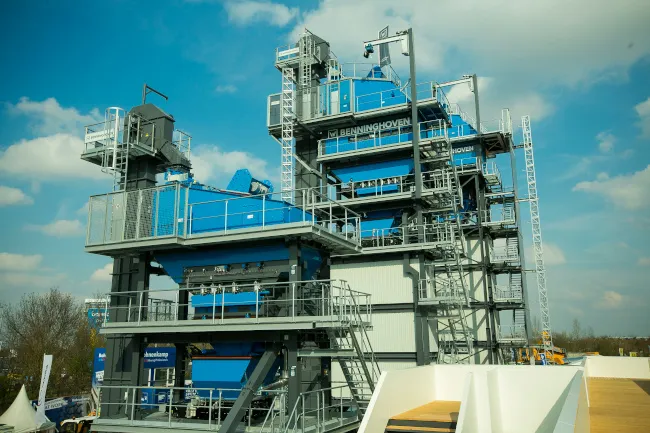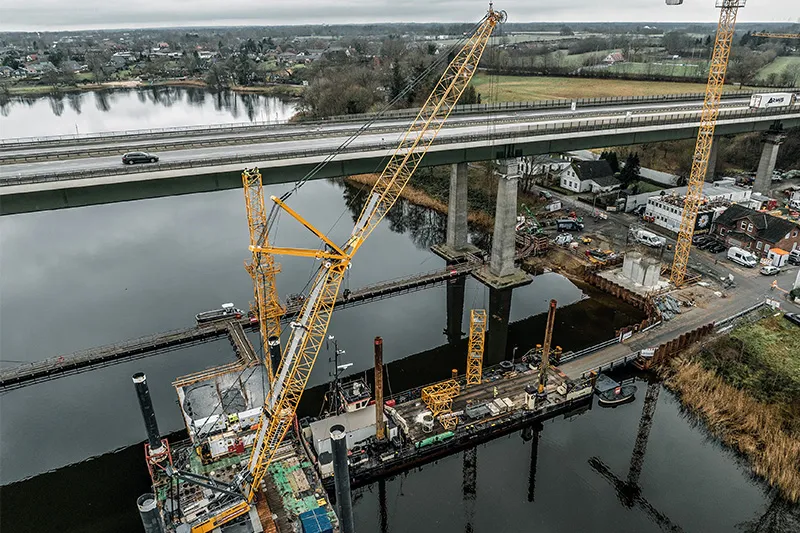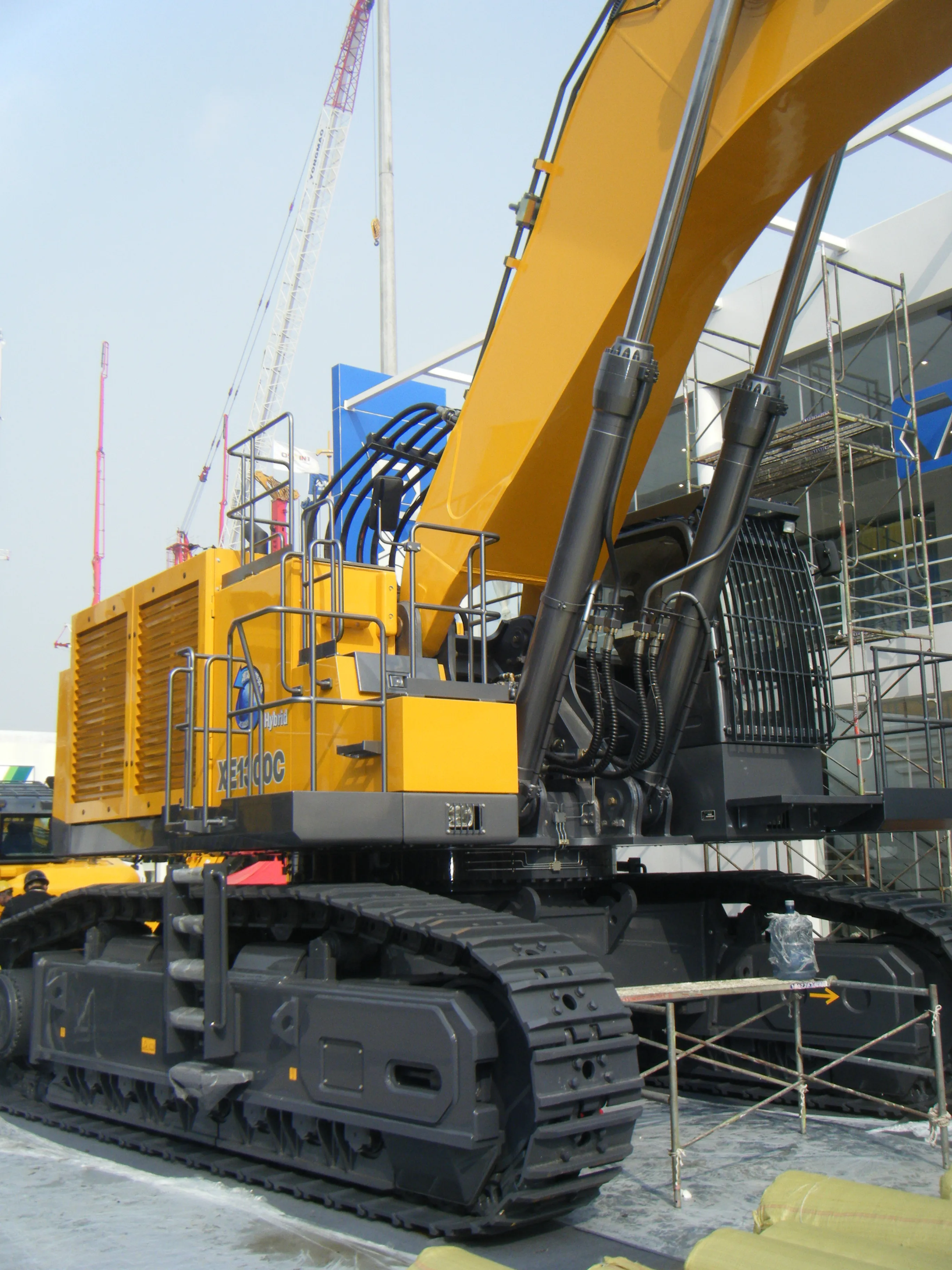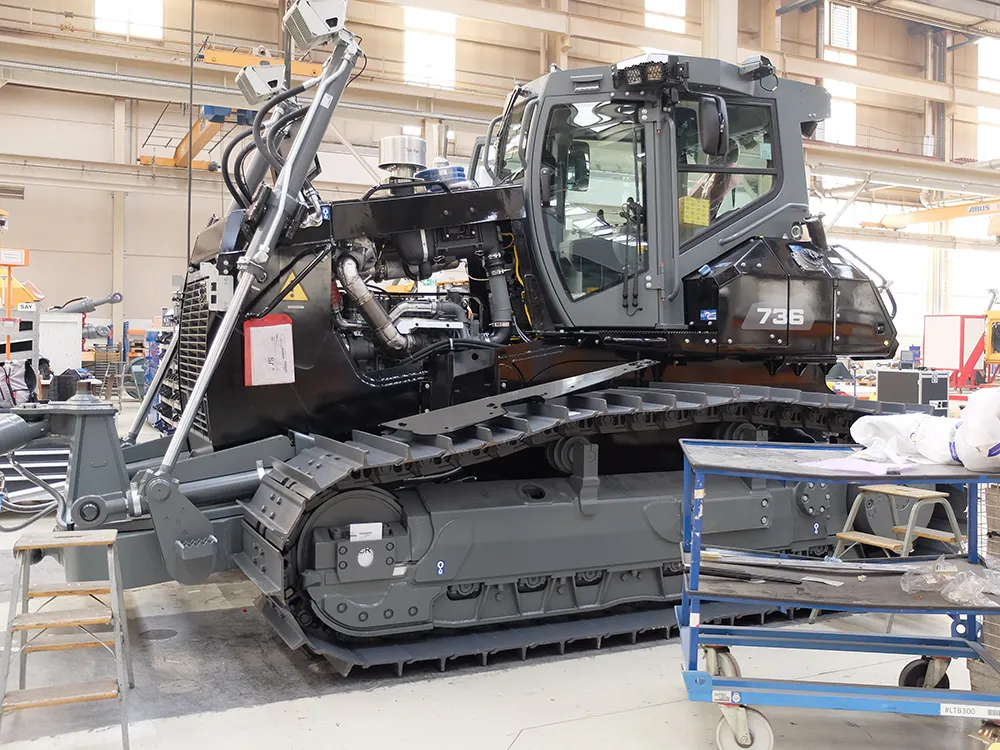
As with most (if not all) of the major global manufacturers, Liebherr is seeing strong demand for its construction machines at present. With production and sales having been initially constrained during the COVID-19 pandemic as some customers held off from purchase decisions, there has been a pent-up demand for construction equipment. Many governments are investing in infrastructure development as a means to boost economic growth in the wake of the pandemic, further boosting demand for machines.
One of the earthmoving machine factories benefiting from that strong demand at present is the Liebherr Werk Telfs (LWT) facility in Austria, perhaps best known for its hydrostatic bulldozers.
Liebherr has been making bulldozers at the plant in Telfs since 1976 and the factory now sits on a 179,200m2 site and employs close to 800 staff, while turnover for the factory was around €270 million in 2021.
The company has invested heavily in the factory in recent years, buying new machine tools and extending the production facility. And a new building is being constructed at present that will house a logistics centre at a cost of around €35 million.
The new machine tools help ensure quality and the factory’s IGM welding robot is one of the most sophisticated in Europe, while more than €1 million was spent on an efficient dust extraction system to ensure the plant maintains a clean environment.
Since 2010, the number of units produced at the LWT facility has increased 330%. A substantial portion of this increase is due to the facility having started manufacturing the high volume telehandler models at the plant, although the firm has also increased its share of the dozer market.
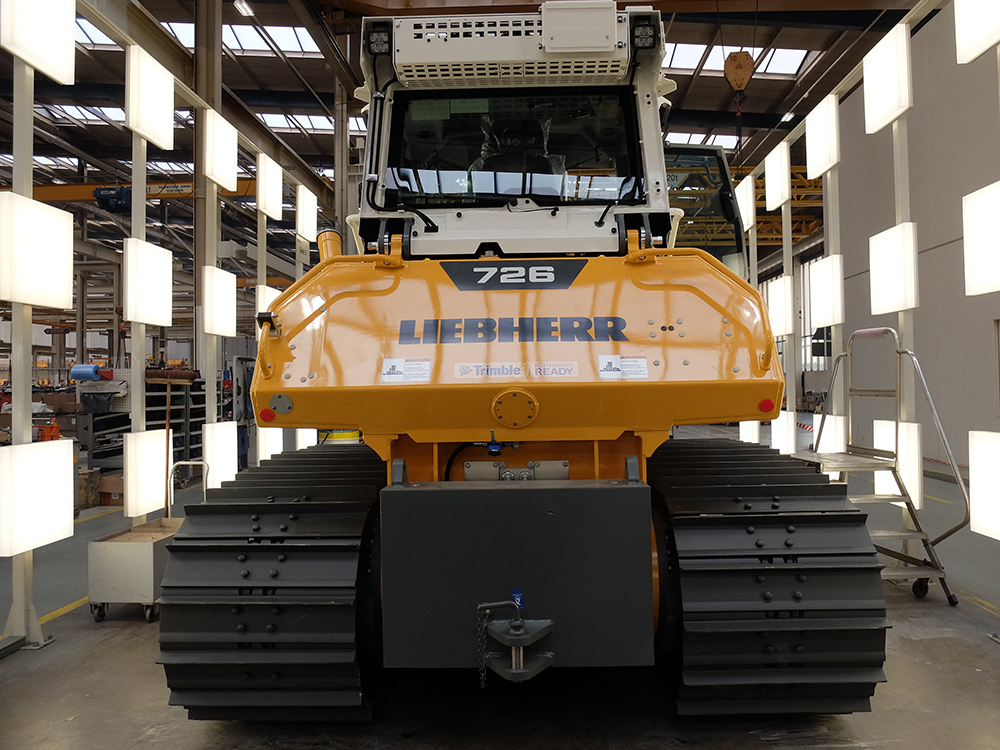
Dozers were the first product to be built at the factory, with the crawler loaders and sideboom pipelayers coming into production afterwards. In more recent times the LWT facility also started building the firm’s telehandler models. Some of the telehandlers are sold as Liebherr machines, but the majority are badged as Claas units under a supply agreement Liebherr established with the German firm some years ago.
The LWT facility produced some 1,940 units in 2021, although output was constrained by the availability of some components. The factory is used to make seven dozer models from the 16tonne class PR 716 up to the 73tonne PR 776 as well as the LR 626 and LR 636 crawler loaders and two pipelayers.
The volume production machines from the LWT facility are the eight telehandler models, which are available in 26 different variants with lifting heights from 6-10m and load capacities up to 6tonnes.
Up to 70% of the production at the LWT facility is for the telehandler units while the majority of the remainder is for the dozers.
Around 3,000tonnes of steel is used for production every month and during 2021 the plant produced 1,142 of the telehandlers and 798 crawler dozers, loaders and pipelayers.
The telehandler line produces around five units/day, with around 80% being badged in Claas colours and the remaining 20% being sold as Liebherr machines.
The assembly line operates on a single shift/day, although there is a double shift system for some preparation tasks. Each dozer is assembled individually for the customer and there are no units built for stock. For 2022 customers are facing long lead times on all of the models. Liebherr estimates it could fulfil orders for up to 30% more telehandlers if it could source the components. Katrycz said, “There is definitely a backlog because of COVID-19, but we can’t say how long it will last.”


